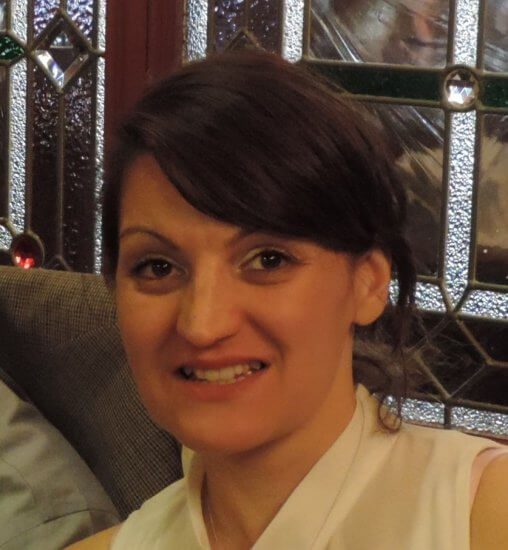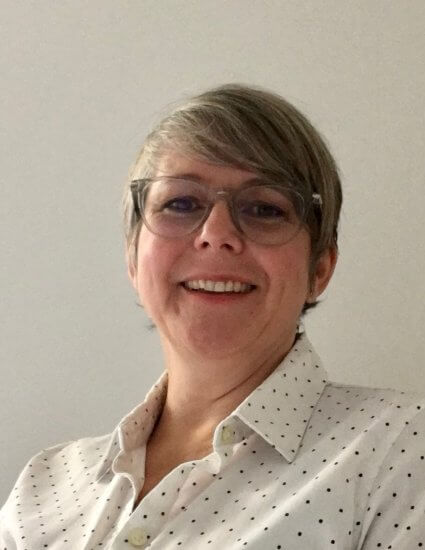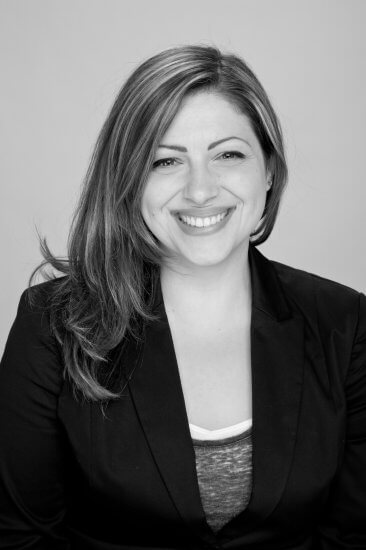Athabasca University celebrates women in STEM fields
Girls just aren't very good at math and science.
So goes the outdated—and patently false—assumption that has plagued many aspiring mathematicians, scientists, and engineers for centuries. And yet there are countless examples throughout history of women who have put the lie to the assumption that they simply weren't suited for careers in technology, including many in the Faculty of Science and Technology at Athabasca University.
One of the most famous of these historical figures is Ada Lovelace, a 19th century English mathematician who is widely regarded as one of the first people to understand the true potential of early computing devices.
Ada Lovelace Day is recognized internationally on Oct. 10 as a time to recognize and celebrate women working in the science, technology, engineering, and math (STEM) fields, but the accomplishments of women in the sciences should be celebrated year round!
Today, many women are making their mark, but still face challenges working in traditionally male-dominated fields. AU is home to many such women, who are doing important work and making their highest contributions to promote access, opportunity, and community.
Women in applied mathematics

Dr. Angela Beltaos, an academic coordinator for applied math in the Centre for Science, researches nanotechnology—specifically photonics and electronics, and focused on graphene, a form of carbon consisting of a single layer of atoms, which has potential uses in smaller, faster electronics chips.
"It's called the miracle material of the future," she said. "It's forecasted to replace silicon in the electronics industry in the future and has exceptional material properties like high strength, high electrical conductivity, flexibility, ultra-thinness and transparency."
Her love of applied science led her to the field of nanotechnology and the area of graphene in her research. She focused her post-secondary education on topics that interested her: math and physics. During those degree programs, there was always a majority of male students in her classes, but she was not dissuaded by being one of the only women in her classes because she knew what she wanted to do.
In terms of inspiration, Beltaos said both her parents and siblings all work in STEM fields, and she was also inspired by many other scientists—both women and men—to pursue the career direction she did. Now, she's able to play a similar role in others' lives, serving as an example of what's possible.
"It's so important to have somebody to look up to and see yourself in those shoes," she said. "I think one of the reasons that more women don't pursue studies in STEM fields is because there aren't many women teaching in those fields."
Women in computing

Dr. Stella George, assistant professor in the School of Computing and Information Systems, studies the social impacts of artificial intelligence and machine learning, including questions of data privacy.
But when she was doing her PhD in the early 1990s, there wasn't a lot of AI data to work with. She went where the was data, to the financial technology industry, and worked on fraud detection.
More recently, she has become concerned about the proliferation of data that technology companies are collecting, which she says isn't always being used in the most ethical manner.
"This whole system is moving forward extremely quickly, and we're not always thinking about the consequences of what's happening," she said. "That's what encouraged me back to academia."
But George wasn't necessarily encouraged to go into a computing field. In fact, quite the opposite. There was a computing class available in her high school in the U.K., but she was told that girls weren't allowed to register.
Clearly this did not dissuade her; when she went to study at university, she found an academic program that focused on computing and biology in parallel, and ultimately completed a PhD in artificial intelligence.
It wasn't until she was working in private industry on fraud detection in the U.K. in the late 1990s that it became clear to her that she was working in a male-dominated field. She was one of few women in the organization, and most were in administrative support roles.
In George's time there, her women programming colleagues were interested in what they were working on and went back to university to get research qualifications—inspired in part by seeing her doing that work.
"I think it's very difficult to imagine yourself in a role doing something if you don't see people that are similar to you doing those things," she said. "Ada Lovelace is a true exception in her era. All through the history of computing, women have made significant contributions and more than ever are needed to do so today."
Women in architecture

Veronica Madonna is an assistant professor at AU's Centre for Architecture. Her research focuses on, among other things, equity and diversity in the profession of design and design education.
During her schooling, there was a fairly even balance between men and women among her peers, but saw immediately that most of the professors were not women, which she found intriguing. Moving into the profession, she saw first-hand that many inequalities still exist within the professions, including pay equity and opportunities for leadership positions.
"The biggest one that I found was sometimes just having your voice heard was challenging as a woman. In many ways, that can become a barrier when you are trying to express yourself and move on in your career as well," she said. "It's an issue with a lot of women in male-dominated professions."
In her role as an educator, Madonna said she has been able to help inspire other women to pursue careers in STEM fields, including one student who told her she didn't think one could be a woman, a mother, and an architect at the same time. That experience helped to inspire her to seek out and provide mentorship opportunities for others.
To that end, one of the major projects she's working on right now is helping to develop a global mentoring network as part of the Global Studio initiatives underway in the Centre for Architecture.
"I think it's just really important that as we've been mentored through our careers that we turn and be mentors," she said. "That's one of the biggest reasons why I feel very fortunate to actually be in a teaching position so that I can directly engage with those coming into the profession."